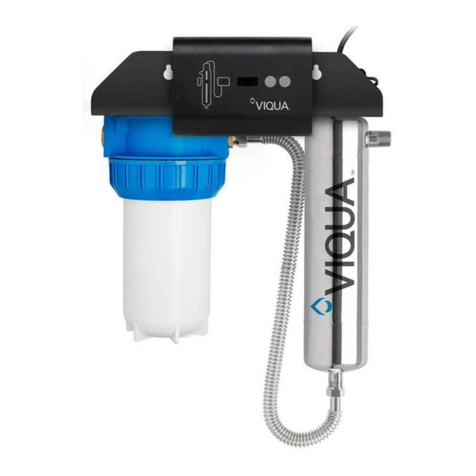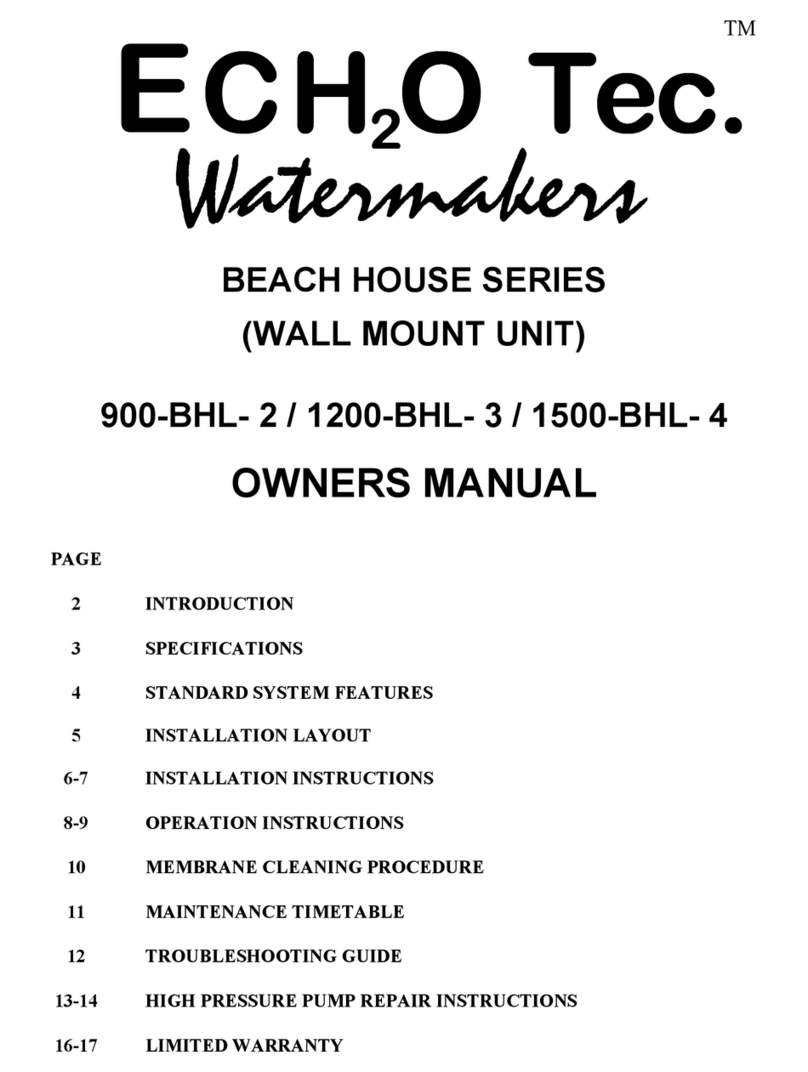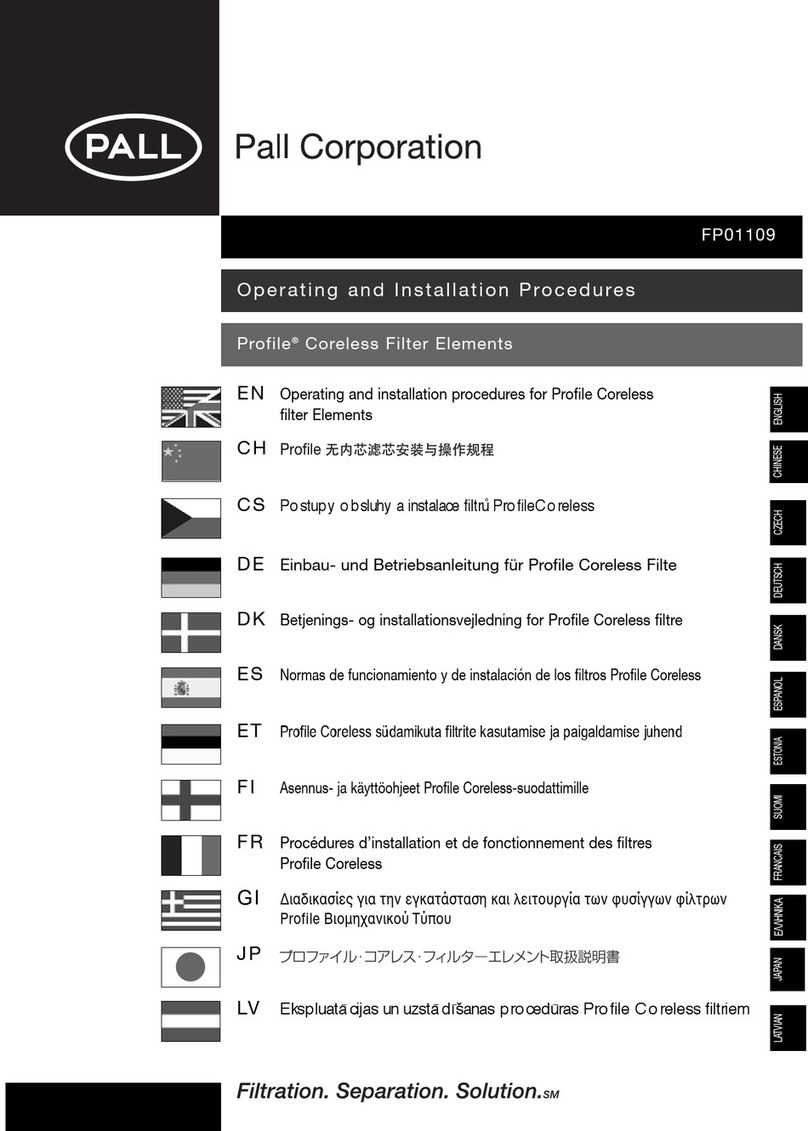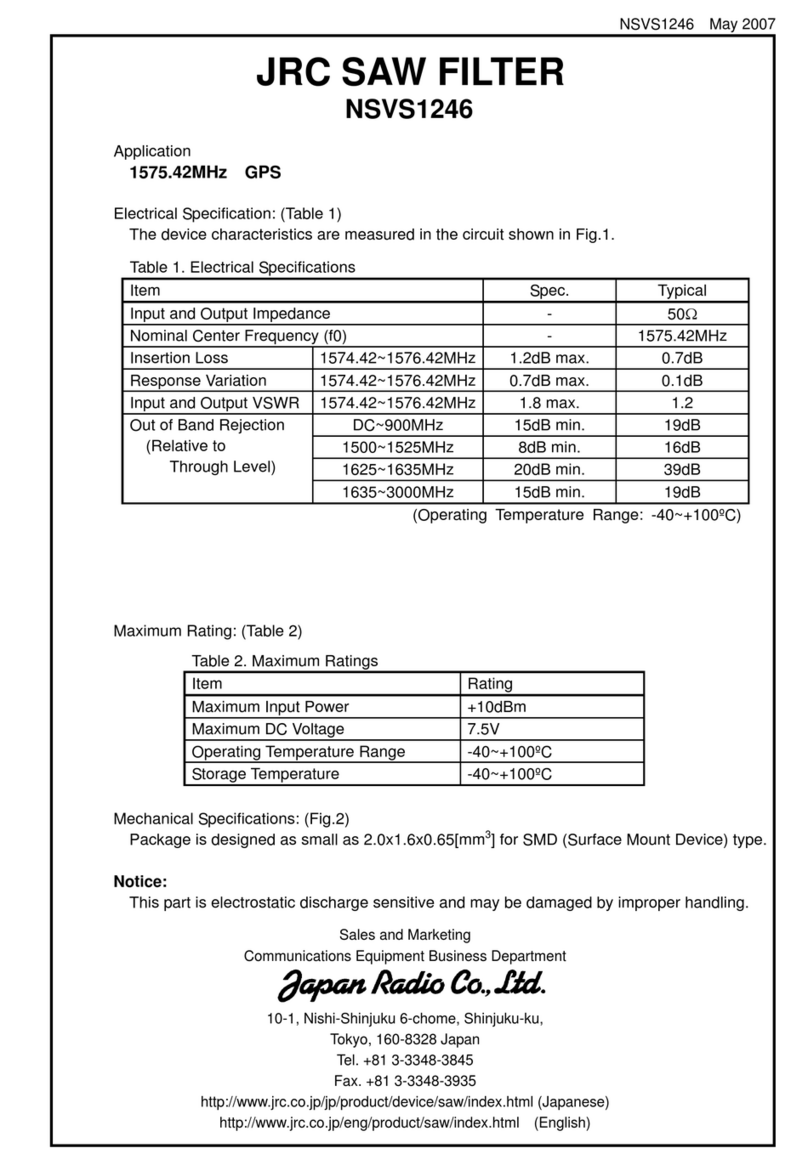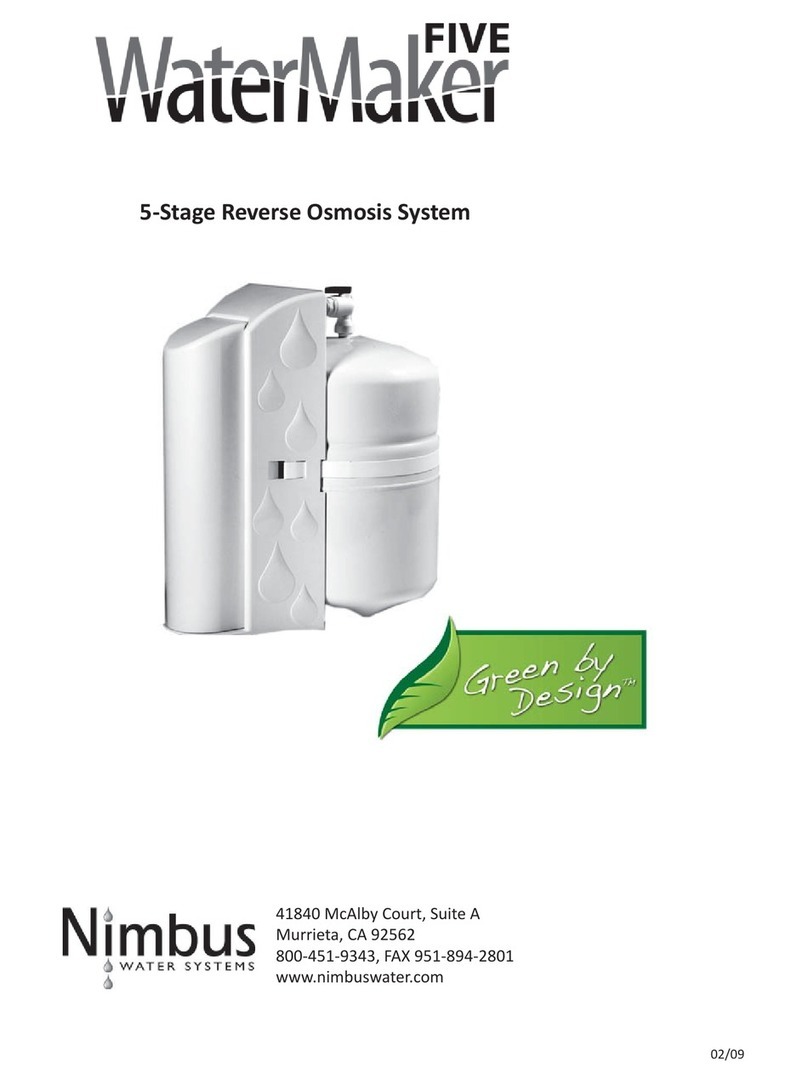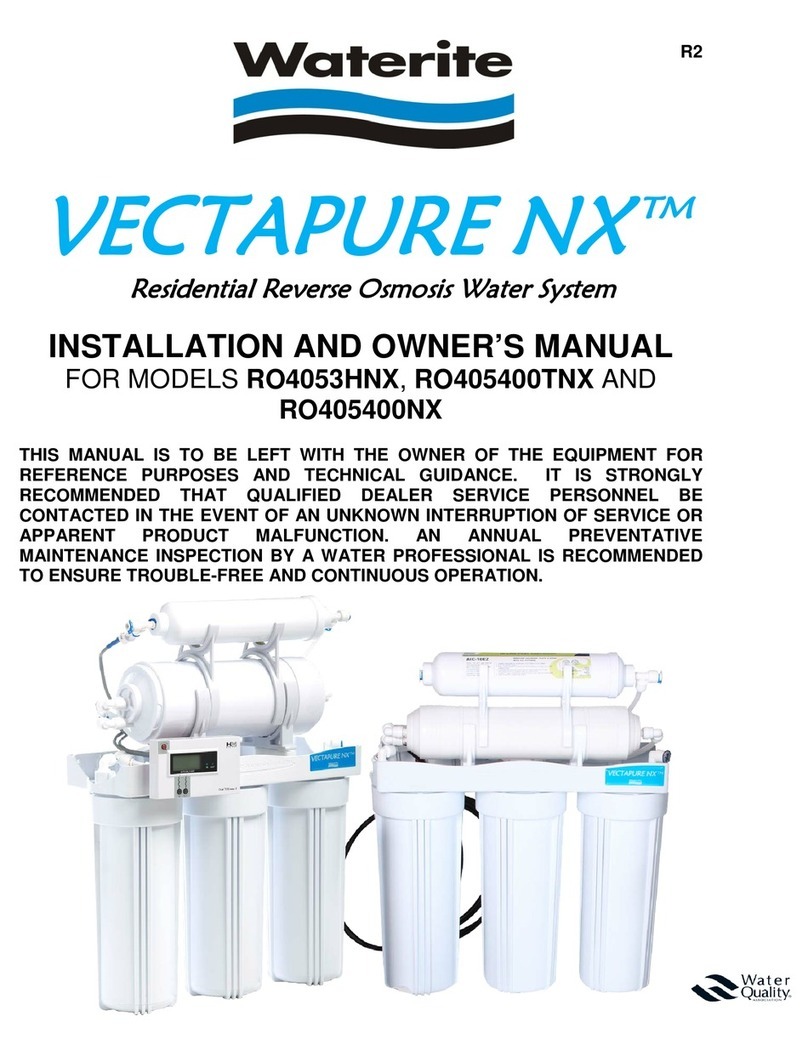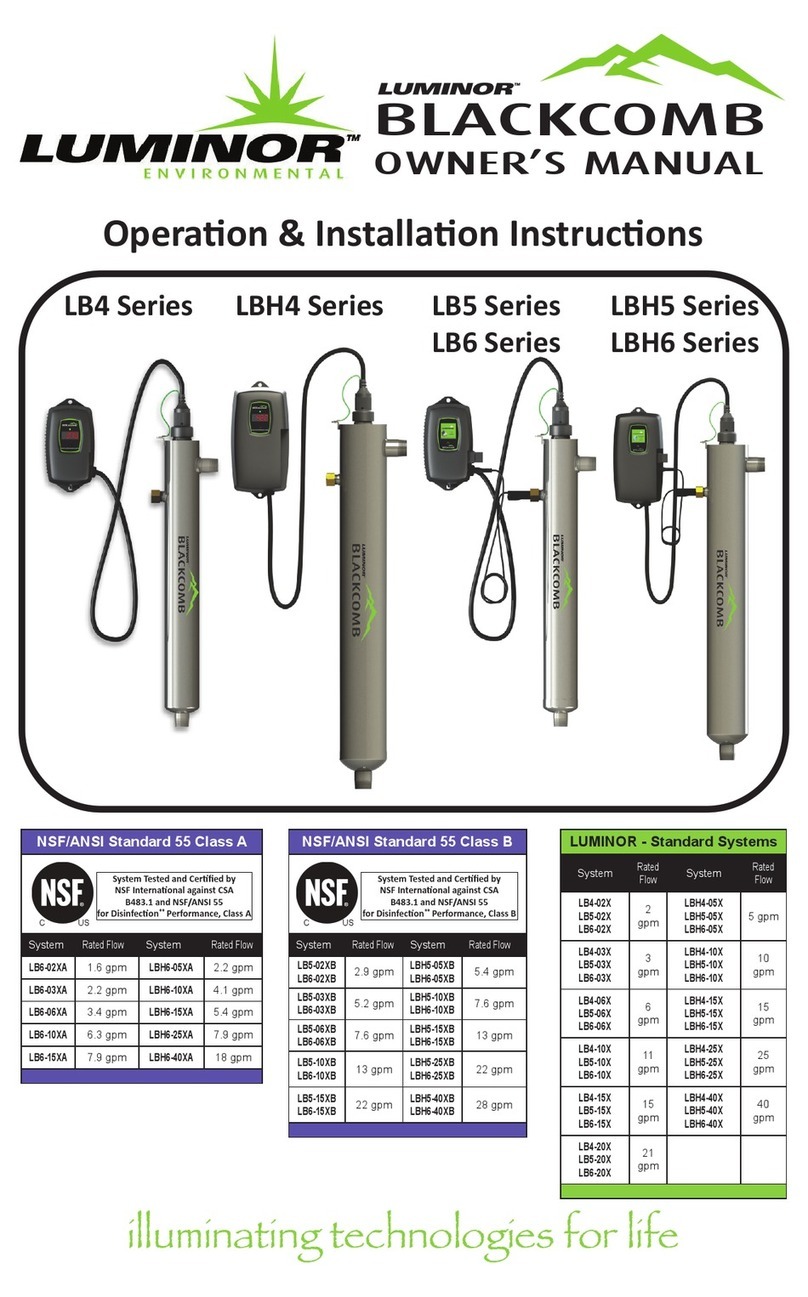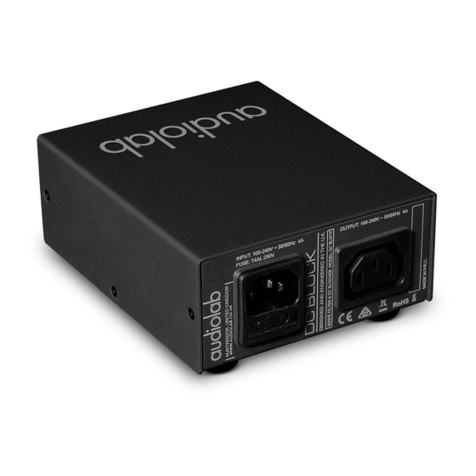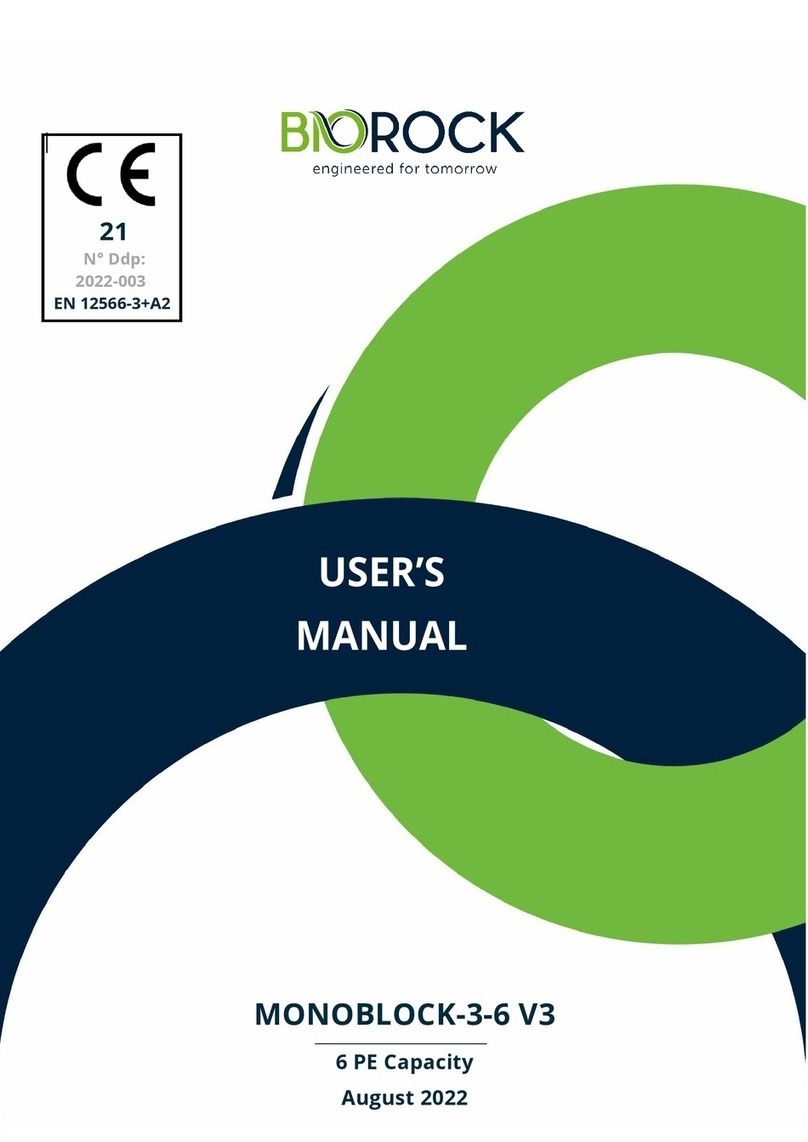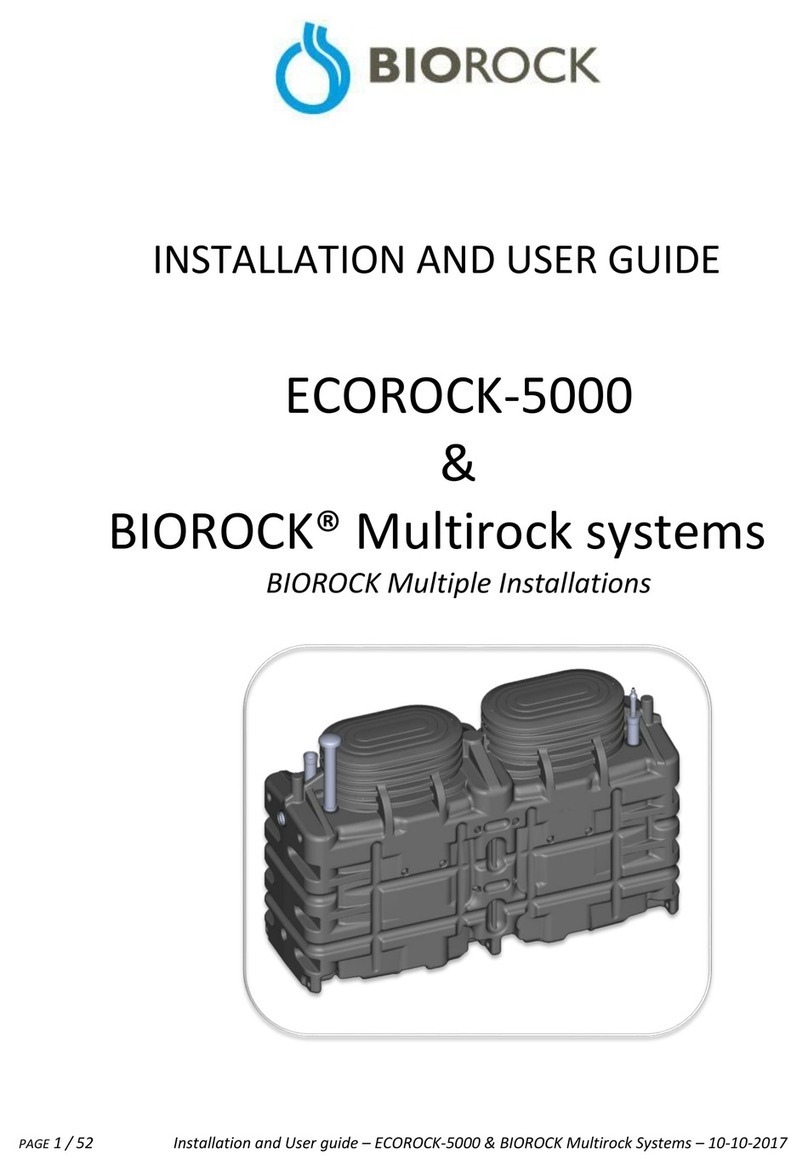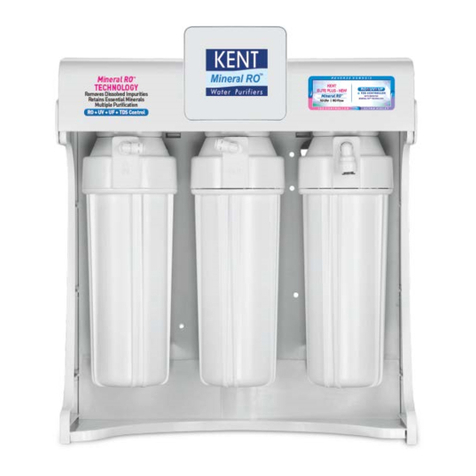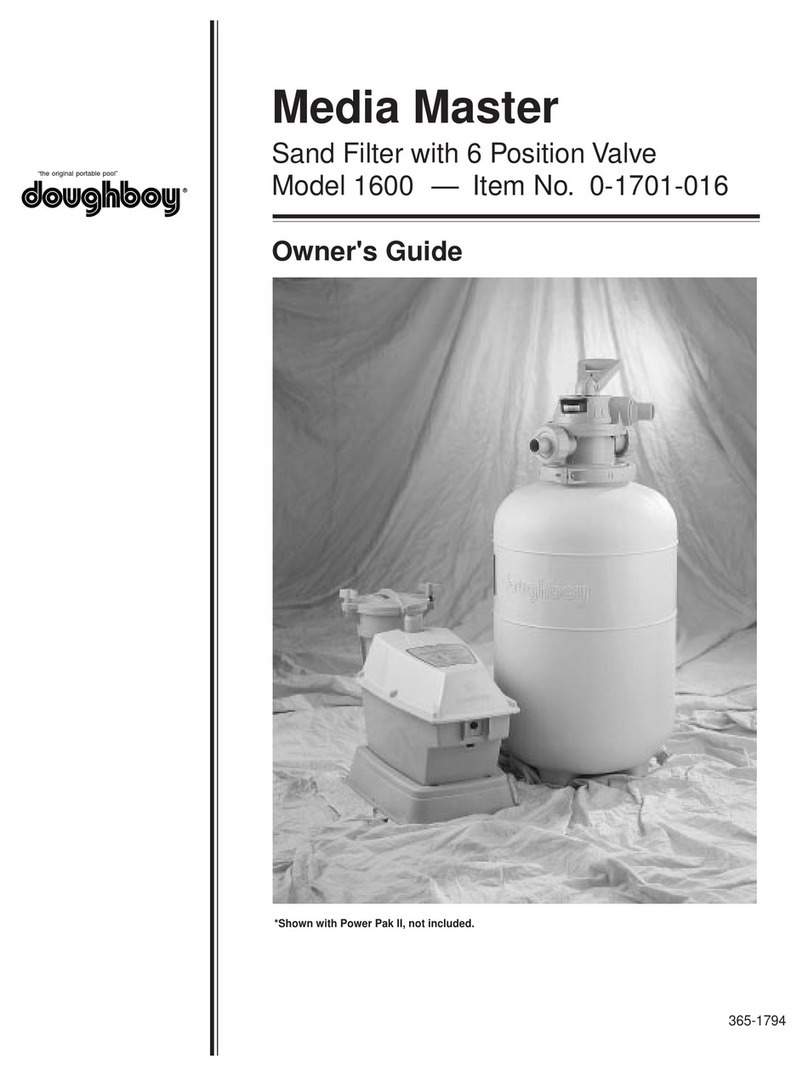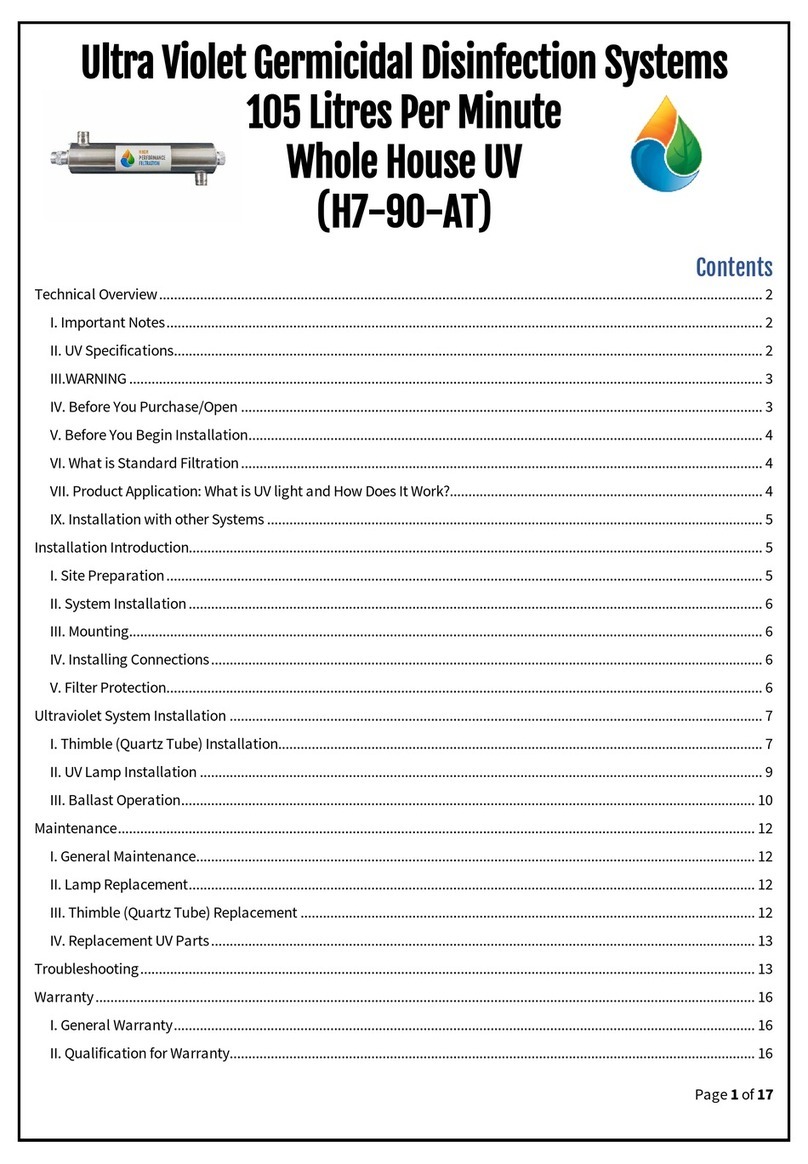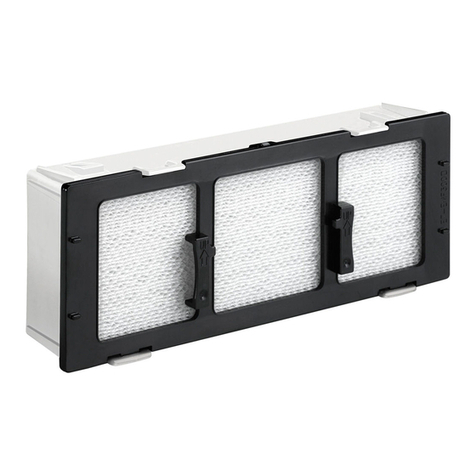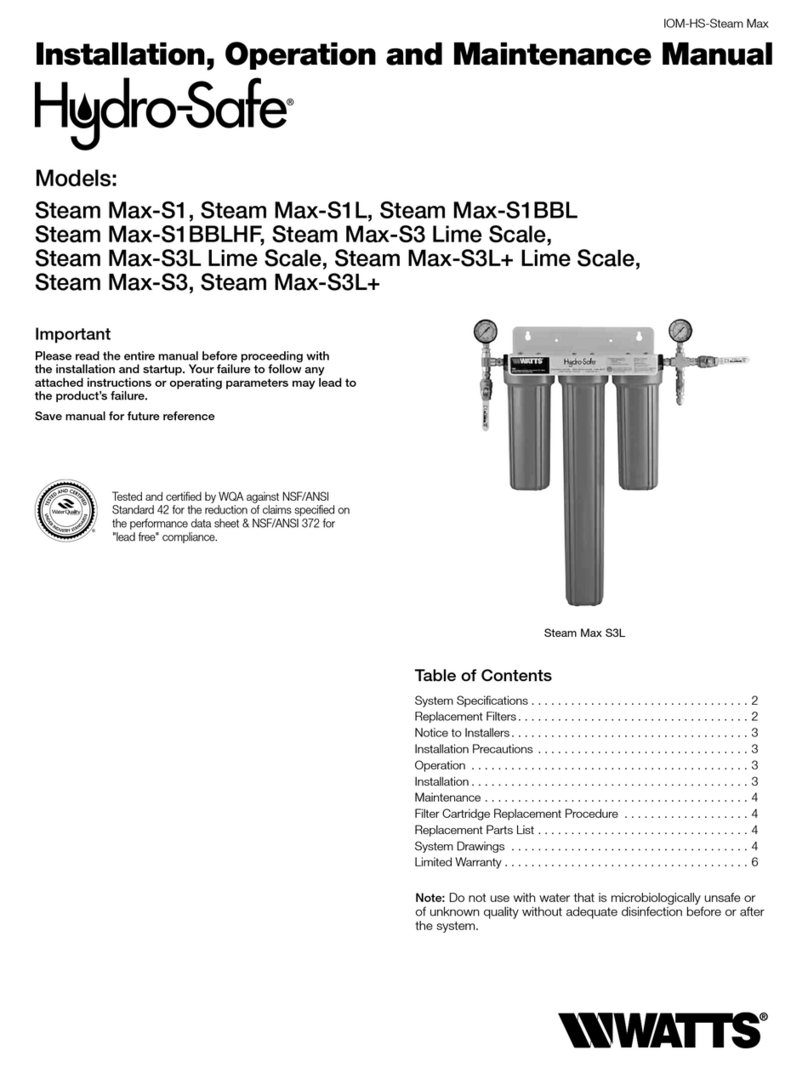A. INSTALLATION GUIDE –TABLE OF CONTENTS
PAGE 5 / 47 Installation and User guide –ECOROCK 700 to 900 Units –05-12-2016
TABLE OF CONTENTS
1. THE ECOROCK SEWAGE TREATMENT PLANT.................................................................. 6
1.1. General points .........................................................................................................................6
1.2. Sizing ........................................................................................................................................6
1.3. Precautions ..............................................................................................................................6
1.4. Identification ............................................................................................................................8
1.5. Handling and transport ............................................................................................................8
2. OPERATING PRINCIPLES OF THE ECOROCK SEWAGE TREATMENT PLANT ....................... 9
2.1. Primary Tank –Operating principle..........................................................................................9
2.2. ECOROCK Treatment Unit –Operating principle....................................................................11
2.3. ECOROCK Treatment Unit –Technical....................................................................................11
3. INSTALLATION LAYOUTS ............................................................................................. 12
3.1 Installation layout n°1.: Gravity discharge (non-electric)......................................................12
3.2 Installation layout n°2.: Pumped discharge (pump after PT) ................................................12
3.3 Installation layout n°3.: Pumped discharge (pump after ECOROCK unit) .............................12
4. INSTALLATION OF THE TANKS .................................................................................... 13
4.1 Principles and constraints of installation works.....................................................................14
4.1.1 Before installation of the complete system.............................................................14
4.1.2 Installation of the Primary Tank .............................................................................14
4.1.3 Installation of the ECOROCK treatment unit ..........................................................15
4.2 Installation in dry ground conditions .....................................................................................15
4.2.1 Installation and digging in dry ground conditions...................................................15
4.2.2 Installation of the Tanks in dry ground conditions..................................................15
4.2.3 Backfilling in dry ground conditions ........................................................................16
4.3 Installation in wet ground conditions.....................................................................................16
4.4 Installation in specific sites.....................................................................................................18
4.4.1 Installation in difficult areas and sites ....................................................................18
4.4.2 Installation in difficult ground conditions ...............................................................18
4.4.3 Backfilling in difficult sites.......................................................................................18
4.5 Installations under roads, courtyards or storage areas..........................................................19
4.6 Other specific cases ................................................................................................................19
4.6.1 Incline too steep ......................................................................................................19
5. VENTILATION AND WATER DISTRIBUTION .................................................................. 20
5.1 Ventilation of the Primary Tank..............................................................................................20
5.2 Ventilation of the BIOROCK® treatment unit .........................................................................21
5.3 Water distribution ..................................................................................................................21
5.4 BIOROCK® media ....................................................................................................................22
5.5 Securing the lids......................................................................................................................23
6. STOPPING AND RESTARTING THE SYSTEM .................................................................. 24
7. CONFORMITY AND WORK COMPLETION .................................................................... 24
8. RECOMMENDATIONS OF USE AND MAINTENANCE .................................................... 24
9. COMPLIANCE WITH REGULATIONS AND STANDARDS .................................................. 24
10. WARRANTY .............................................................................................................. 25




















